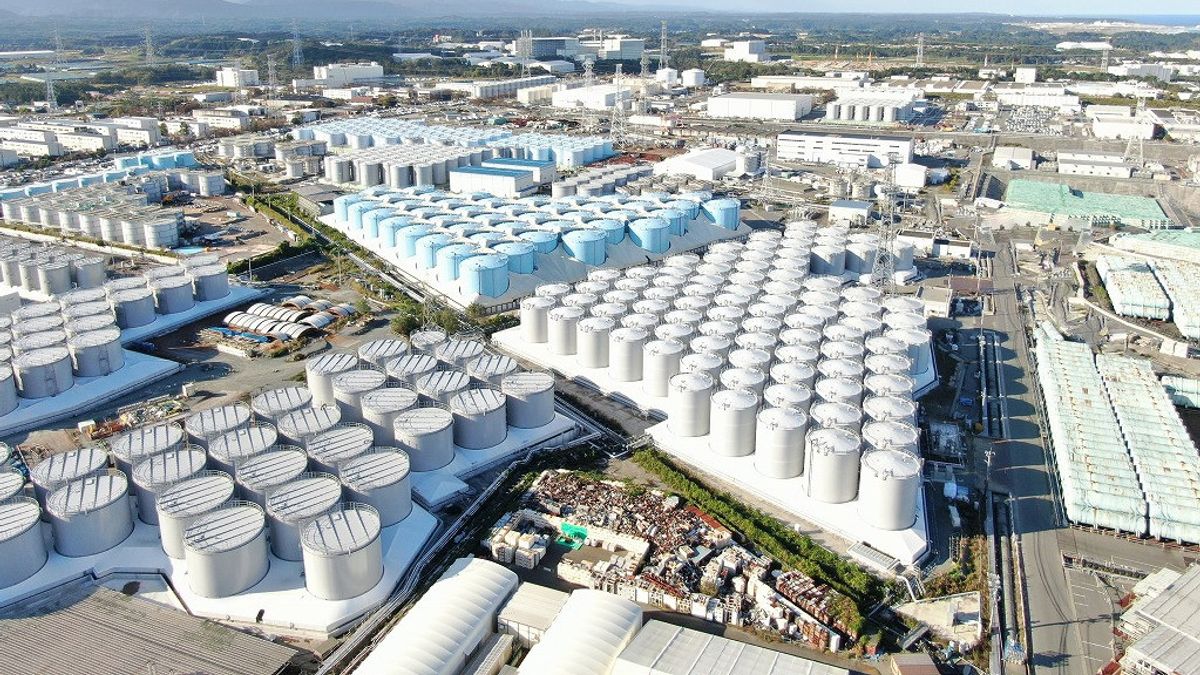JAKARTA - The paralyzed Fukushima Daiichi nuclear power plant operator will begin the fourth round of radioactive water releases that have been processed into the sea on Wednesday, the final disposal for the fiscal year to end in March.
This step was taken after the latest pool of water was confirmed to meet the level of radioactivity within the standards set by the Japanese Government and Tokyo Electric Power Company Holdings Inc., (TEPCO).
As in the previous three rounds, a total of 7,800 tons of processed water will be flowed to the Pacific Ocean within the next 17 days, as quoted by Kyodo News on February 27.
TEPCO and the central government argue that treated water disposal is essential for deactivating nuclear power plants, which are experiencing a reactor fuel crisis following the devastating earthquake and tsunami disaster in 2011.
The release of the water is expected to last for about three decades. The release began in August last year.
Large amounts of contaminated water is produced in the cooling process of melted fuel. The water is stored in a tank mounted on site after going through a liquid processing system that eliminates most of the radionuclides except for tritium, but the capacity is already close to capacity.
Processed water has been diluted with seawater up to one-by-40 concentrations permitted according to Japanese safety standards, before being channeled through an underwater tunnel 1 kilometer from the power plant.
According to TEPCO, no abnormal tritium levels were detected in nearby waters after the previous three radioactive water discharges.
From the fourth wave, the operator plans to skip the procedure of entering treated water, once diluted with seawater, into a large container to ensure tritium levels as checks in the last minutes before ejection.
Instead, the operator will take a sample of dilute water while it is being disposed of, and tritium concentration measurements are carried out once a day.
SEE ALSO:
During the disposal and a week after completion, the operator will sample seawater every day from four locations within 3 km of the power plant. The findings will be published the following day.
It is known, as much as 31,200 tons of treated wastewater is expected to be disposed of in fiscal year 2023, resulting in the release of 5 trillion tritium becquerel, or less than a quarter of the annual upper limit of 22 trillion becquerel, according to TEPCO.
The English, Chinese, Japanese, Arabic, and French versions are automatically generated by the AI. So there may still be inaccuracies in translating, please always see Indonesian as our main language. (system supported by DigitalSiber.id)


















